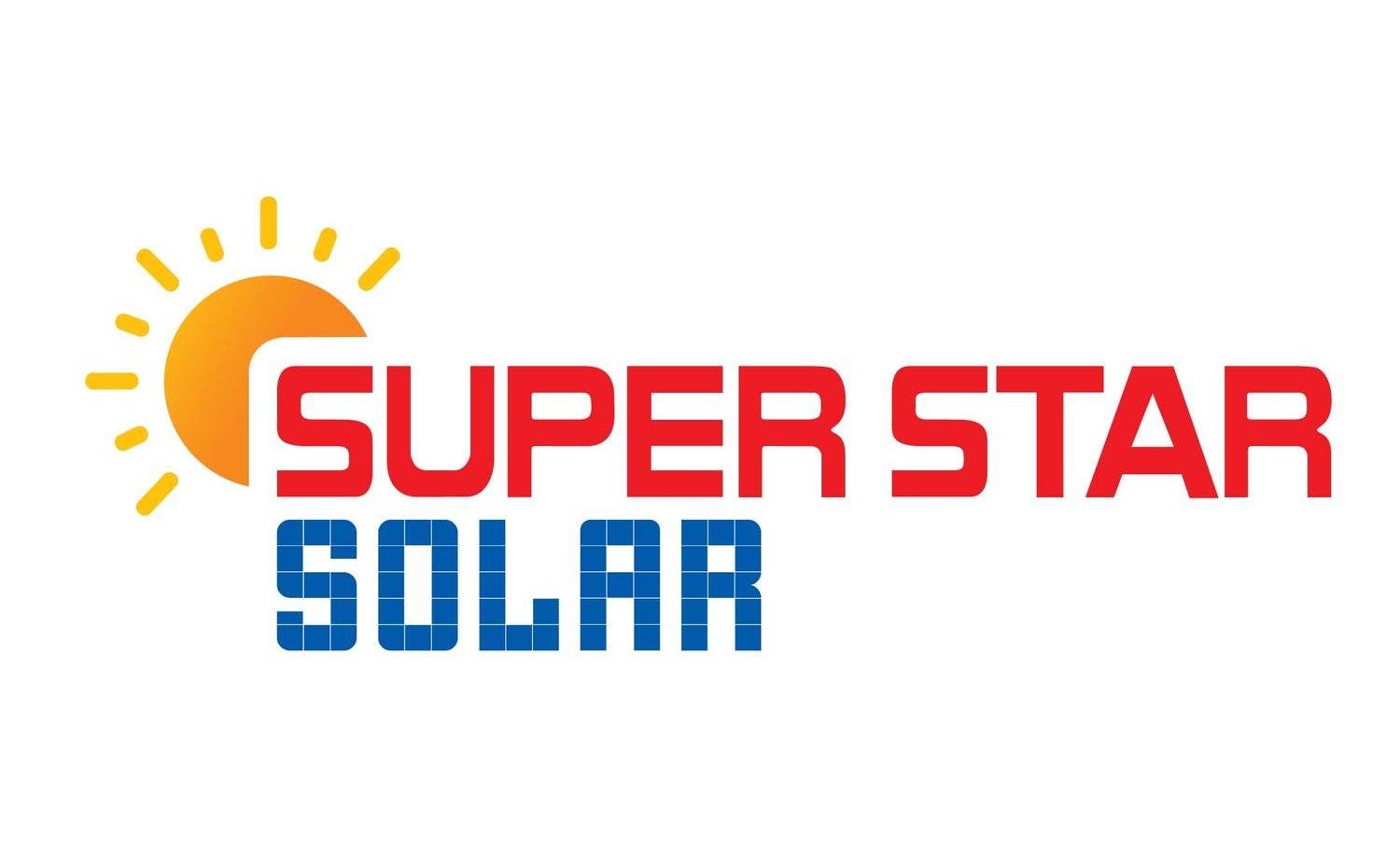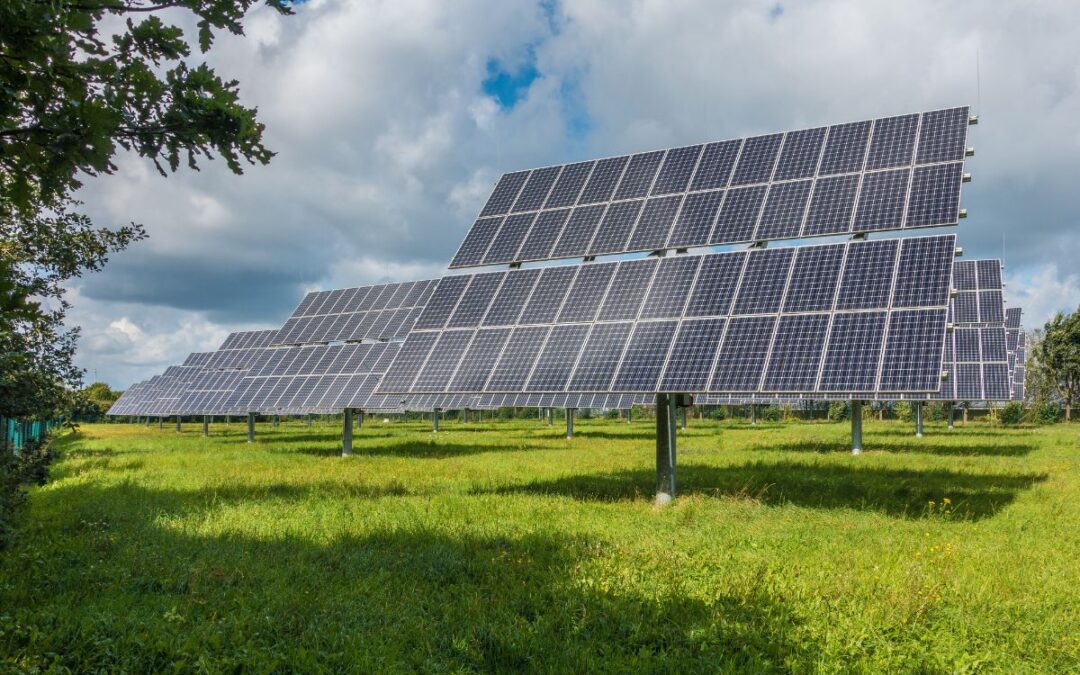Solar power, offering a sustainable solution to Bangladesh’s energy needs, still needs to be explored. This comprehensive guide, designed specifically for Bangladeshi consumers, provides insights into the potential of solar power, its benefits, and inherent challenges.
Gain an understanding of solar technology, its practical application in Bangladesh, and discover tips for easy integration into your life. Let’s delve into this valuable resource and pave the way towards a brighter, cleaner future with solar power.
1. Understanding Solar Power
Solar power is the energy harnessed from the sun’s radiation. This abundant and renewable energy is converted into electricity using technologies like photovoltaic cells, commonly seen in solar panels.
Photovoltaic cells, composed of semiconducting materials, capture sunlight and produce an electric current. When sunlight strikes these cells, it dislodges electrons from their atoms, allowing the electrons to flow through the material to produce electricity.
According to the International Energy Agency (IEA), solar power is the fastest-growing electricity source and could provide more than 20% of global electricity by 2050. In terms of advantages, solar power offers:
1. Renewable Energy Source: Unlike fossil fuels, the sun provides a virtually limitless energy supply, producing 173,000 terawatts of solar energy to the earth every second – more than 10,000 times the world’s total energy use.
2. Reduces Electricity Bills: Solar power systems can significantly reduce electricity costs once installed. Depending on the size of the system and electricity use, some users generate excess energy, which can be sold back to the grid.
3. Low Maintenance Costs: Solar systems generally require little maintenance, with solar panels having a 25-30 years lifespan.
4. Environmentally Friendly: Solar power generation emits significantly fewer greenhouse gases than conventional power sources, reducing global warming.
However, there are some disadvantages to consider:
1. Weather Dependent: Solar panels need sunlight to generate electricity, which can be a problem during rainy or cloudy days.
2. High Initial Costs: The initial investment for purchasing a solar system can be high, including paying for solar panels, inverter, batteries, wiring, and installation.
3. Requires Space: A substantial amount of space is needed to install solar panels, which can be a limitation in densely populated areas.
In conclusion, while solar power has a few drawbacks, the long-term benefits, particularly in regions with high solar insolation, like Bangladesh, can far outweigh the cons. As technology improves and costs decrease, solar power becomes an increasingly viable solution for Bangladesh’s growing energy needs.
2. Solar Power Comprehensive Guide
Two main types of solar power technologies are commercially available:
Photovoltaic (PV) Systems: These are the most common solar power systems, especially in residential settings. They convert sunlight directly into electricity using semiconductor materials (usually silicon-based) through the photovoltaic effect.
Concentrated Solar Power (CSP): These systems generate electricity by using mirrors or lenses to concentrate a large area of sunlight onto a small area. The concentrated heat is then used to produce steam, which drives a turbine connected to an electricity generator.
A typical solar power system consists of several components:
- Solar Panels: These are the most visible parts of a solar system. Panels contain photovoltaic cells that convert sunlight into direct current (DC) electricity.
- Inverter: This device converts the DC electricity generated by the solar panels into alternating current (AC) electricity, the standard used by most household appliances.
- Batteries: In some systems, batteries store excess electricity for later use. This can be especially beneficial during nighttime or cloudy days.
- Charge Controller: This component manages the power going into the battery bank from the solar array. It ensures that the batteries are not overcharged during the day and that power does not go back to the solar panels overnight, which could drain the batteries.
Installing a solar power system involves several steps:
- Site Assessment and Design: A professional will evaluate your location to determine the size and type of system that best suits your needs.
- Permitting and Documentation: Before installation, the appropriate permits must be obtained, and the required documentation should be completed.
- System Installation: Professional installers will install the solar system, ensuring it’s optimally placed for maximum sunlight exposure.
- Inspection and Interconnection: Once installed, the system is inspected and connected to the power grid if necessary.
Maintenance for solar power systems is generally low. However, regular inspections and cleaning to remove dust and debris can ensure optimal operation. Additionally, system components may need to be replaced over time; for example, inverters usually need replacement every 10-15 years, and batteries every 5-15 years.
By understanding the basics of solar power technology and its implementation, you can make an informed decision about whether this renewable energy source is right for you.
3. Solar Power in Bangladesh: Current Scenario
In Bangladesh, solar power has become an increasingly important component of the energy mix. Thanks to government initiatives and private sector involvement, the country has made significant strides in harnessing this renewable energy source.
The Bangladeshi government’s commitment to a greener future is clear, with various initiatives promoting the use of solar power. The Infrastructure Development Company Limited (IDCOL), a government-owned financial institution, has implemented a solar home system program, installing more than 4 million solar home systems across the country by the end of 2022.
Similarly, private sector involvement has increased, with companies like Grameen Shakti and SOLshare leading the way. They have facilitated the spread of solar power in rural areas, providing an affordable and reliable energy source to those without access to the grid.
The potential for solar power in Bangladesh is vast. With approximately 300 sunny days a year, the country has an average solar insolation of 4-6.5 kWh/m^2/day, providing favourable conditions for solar power generation. Moreover, with its large, mostly rural population, Bangladesh offers a unique opportunity to implement decentralised energy solutions like solar home systems.
There are numerous successful implementations of solar power in Bangladesh. For instance, the Solar Electrification Project in rural Chittagong has provided electricity to more than 25,000 off-grid homes. In another example, the 28 MW Teknaf solar park, the country’s largest solar power plant, has contributed significantly to the national grid since its completion.
In summary, while Bangladesh is still in the early stages of solar power development, its current progress and potential offer great promise for a more sustainable energy future.
4. Solar Power Guide for Bangladeshi Consumers
As a Bangladeshi consumer considering solar power, it’s crucial to understand government regulations, select a reliable provider, assess the quality and efficiency of solar panels, and be aware of the installation process and cost implications.
Government Regulations and Incentives
The Bangladeshi government has promoted solar power, including waiving import duties and taxes on solar equipment, offering subsidies for solar home systems, and providing low-interest loans for solar projects through institutions like IDCOL.
Choosing a Solar Power Provider
When choosing a provider, consider their reputation, experience, certification, and customer feedback. Look for companies affiliated with the Sustainable and Renewable Energy Development Authority (SREDA) or similar organisations.
Assessing Solar Panels
When assessing solar panels, consider their efficiency (how much sunlight they convert into electricity), durability, warranty, and manufacturer reputation. Also, ensure the panels meet international quality standards such as the IEC 61215.
Installation Process
For installation, professionals will conduct a site survey, design the system, obtain necessary permissions, and install the system. Consider factors such as the direction and tilt of the panels (south-facing is usually ideal in Bangladesh) and whether your roof can bear the weight.
Cost Analysis
While the initial investment in solar power can be significant, the long-term savings are considerable. For instance, a 5 kW system in Bangladesh might cost around BDT 500,000-600,000, but it can reduce electricity bills by up to 80%.
With current electricity prices, the return on investment could be around 7-8 years. Maintenance costs are typically low, especially as many providers offer long-term contracts.
In conclusion, while shifting to solar power requires careful consideration and upfront investment, the environmental benefits and long-term savings make it a viable option for many Bangladeshi consumers.
5. Future Trends and Potential
The future of solar power shines bright with evolving trends, dynamic challenges, and immense opportunities. As per the International Renewable Energy Agency (IRENA), solar energy’s share in global power generation could rise from 2% in 2016 to 13% by 2030.
Future Trends
Global solar capacity is set to reach 8,519 GW by 2050, growing nearly 17-fold from 2020 levels, as stated by BloombergNEF. For Bangladesh, the country’s “Renewable Energy Policy” targets 10% (2000 MW) of total power generation capacity from renewable energy sources by 2020. As Bangladesh has an average solar radiation of 4-6.5 kWh/m^2/day, it is uniquely positioned to capitalise on this trend.
Challenges and Opportunities
Despite the potential, several challenges impede solar power proliferation in Bangladesh. These include high initial installation costs, lack of consumer awareness, and technical challenges related to grid integration.
However, each challenge presents a corresponding opportunity. For instance, the government’s initiative to provide low-cost financing for solar installations helps overcome financial barriers. Similarly, increased awareness campaigns can enhance consumer knowledge, while technological advancements can aid in resolving grid integration issues.
Emerging Technologies and Innovations
The solar power industry continues to innovate. Advanced technologies like bifacial solar panels, which absorb light from both sides, can boost efficiency by up to 30%. Further, developing more efficient solar storage solutions, like lithium-ion batteries, will tackle intermittency issues, enhancing solar power’s reliability.
Concentrated solar power (CSP) is another area of growth, expected to hit a global capacity of 264 GW by 2050, according to IRENA.
In conclusion, while challenges persist, the trend of solar power adoption in Bangladesh is upward, fueled by favourable government policies, technological innovation, and an ever-growing need for sustainable energy.
Conclusion
In conclusion, solar power holds significant potential for Bangladesh, presenting an effective solution for the country’s energy needs. With around 300 days of sunshine a year and an average solar irradiance of 4-6.5 kWh/m^2/day, the environmental conditions are ideally suited to harness solar power.
Solar power provides numerous benefits. It’s a clean, renewable energy source that reduces reliance on fossil fuels, mitigates climate change, and improves air quality. In Bangladesh, it also offers an opportunity to provide reliable electricity to off-grid rural communities, enhancing their quality of life and economic prospects.
However, it’s essential to remember that transitioning to solar power is not just about reducing electricity bills. It’s also an investment in a sustainable future. For Bangladesh, a country vulnerable to climate change effects, the transition to renewable energy sources like solar power is not just beneficial but crucial.

